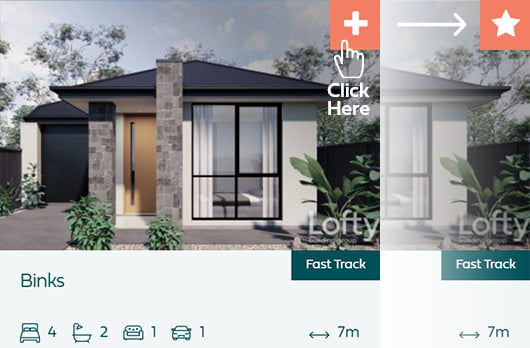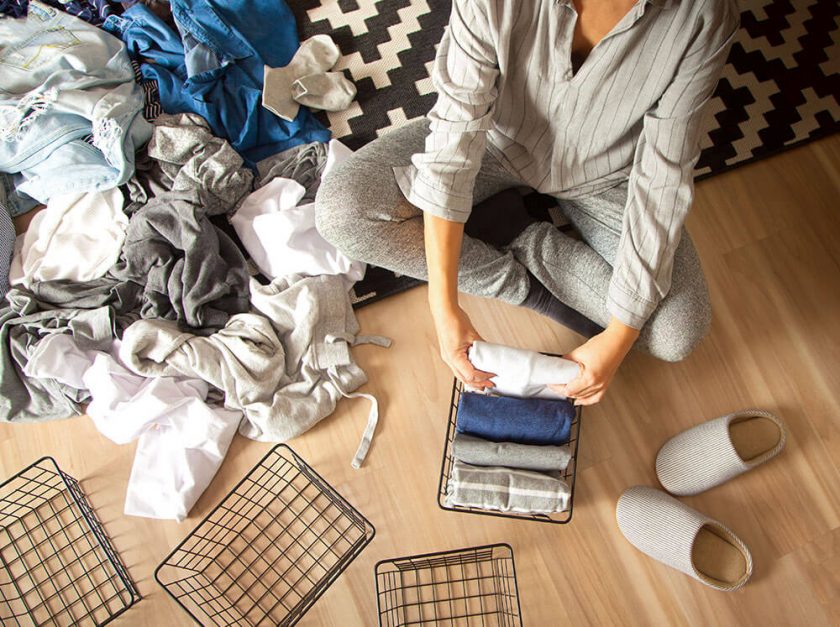
Minimalism – is it right for you?
If you’re in the market to build or buy a house, you’ve probably heard the term ‘minimalism’ thrown around a little bit. With the rise in popularity of The Minimalists and Marie Kondo, who encourages people to get rid of all their possessions that don’t ‘spark joy’, minimalism has taken the world by storm.
With benefits like clutter-free rooms, less stuff to clean, and even a higher overall satisfaction with life, a minimalist lifestyle almost sounds too good to be true!
Your current lifestyle choices will be a good indicator as to whether a minimalist lifestyle is the right one for you. Do you like to see all your things out on display, like trinkets from holidays or sentimental items? Are you someone who is emotionally attached to physical objects? These are all things to consider before deciding to throw out all of your worldly possessions because a Netflix show told you to.
Benefits
While you need to consider your own way of living first, there are lots of benefits to living with a ‘less is more’ mindset.
Having less stuff is actually known to help emotional wellbeing. Coming home to a house full of clutter and mess can create stress, and worrying about having to tidy and clean a cluttered house after a long work day can actually decrease overall satisfaction with life.
The environmental benefit to living with less is a huge incentive for people to start living more minimally. Choosing to only purchase high quality goods, that have an intended purpose, and that aren’t going to go out of trend in 12 months, can help reduce your carbon footprint and contribution to landfill. If becoming more minimalist means downsizing your home, you will also be using less power and energy to heat and cool your home.
There are also financial benefits living a more minimalist lifestyle. There is a misconception that it is expensive to be minimalist, as people assume more money will be spent purchasing items of higher quality, or replacing any items you got rid of because you thought you wouldn’t need it anymore. The difference is that the price-per-use of things in your house will decrease, and while you may be purchasing more expensive things, they will be purchased with intent and purpose, instead of being used once and left to collect dust.

Examples
Here are some great examples of minimalism in different rooms.
This minimalist bedroom uses clean lines, careful lighting placement, and cleverly integrated storage solutions to get rid of clutter. Using plants to break up the starkness of the room also adds a pop of colour to the space.
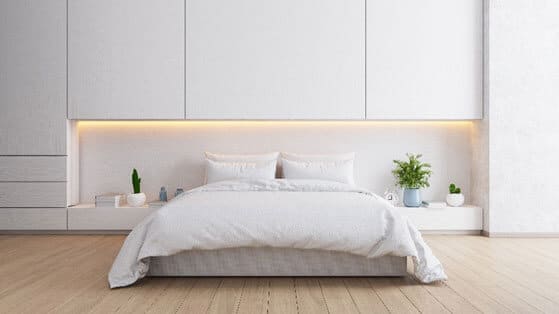
Minimalism doesn’t have to be boring, and adding texture is a sure way to make your minimalist house feel like a home. This living room uses wood features, as well as a pop of colour on the walls. While the interior doesn’t feel cluttered, it also doesn’t feel dull. Just like this tv unit, consider getting furniture for your home that is multi-purpose and can double as storage.
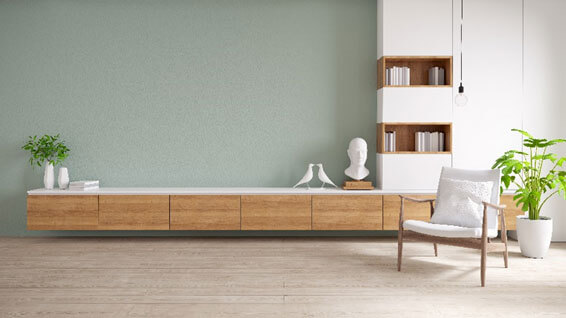
When it comes to a minimalist kitchen, consider what appliances you need. A microwave on the benchtop will look clunky. Do you really need it? Or if you do, is there a way for you to incorporate it into your storage solutions to hide it from view?
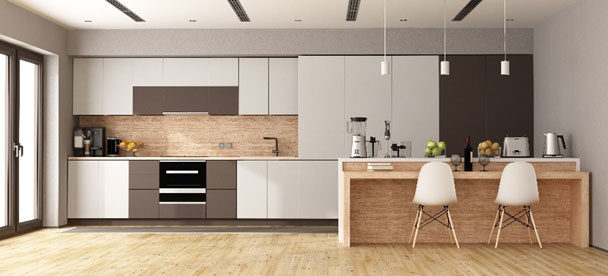
At the end of the day, it’s important to remember that minimalism isn’t about getting rid of everything you own, and living in an empty space that you don’t enjoy. Minimalism is about having the perfect amount of stuff for you, and this will look different for everyone.






